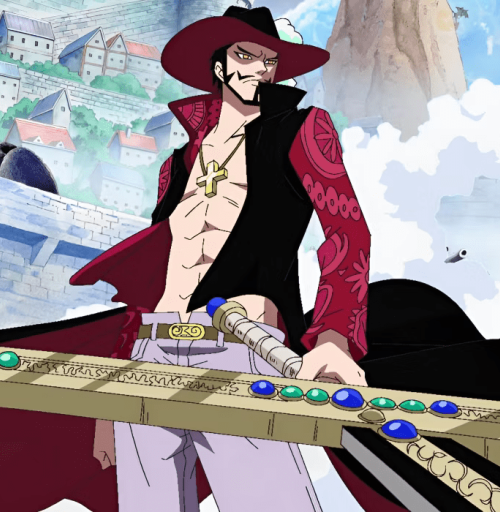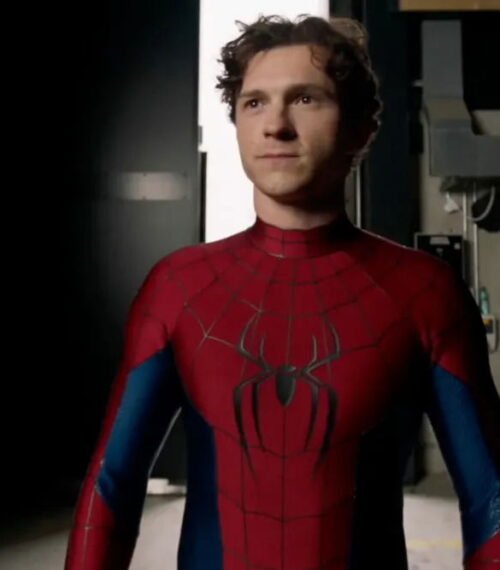When Game of Thrones aired the sixth episode, Unbowed, Unbent, Unbroken, in Season 5, it left a stain that never washed out. Sansa Stark, played by Sophie Turner, was r*ped by Ramsay Bolton on their wedding night. What followed was a reckoning.
Just weeks later, Outlander quietly dropped its own season finale, featuring Jamie Fraser’s brutal r*pe and torture at the hands of Captain Black Jack Randall. And yet, unlike Game of Thrones, Outlander didn’t flinch, didn’t sensationalize, and didn’t forget. Jamie’s trauma wasn’t a moment; it was a fracture that echoed across seasons. This contrast drew a bold red line under what Game of Thrones got so disastrously wrong.
Now, as Outlander: Blood of My Blood is telecast after its highly anticipated premiere on August 8, 2025, it’s clear that Outlander is expanding the boundaries of how television handles trauma, respect, and realism.
The Game of Thrones Episode That Crossed the Line With Sansa Stark
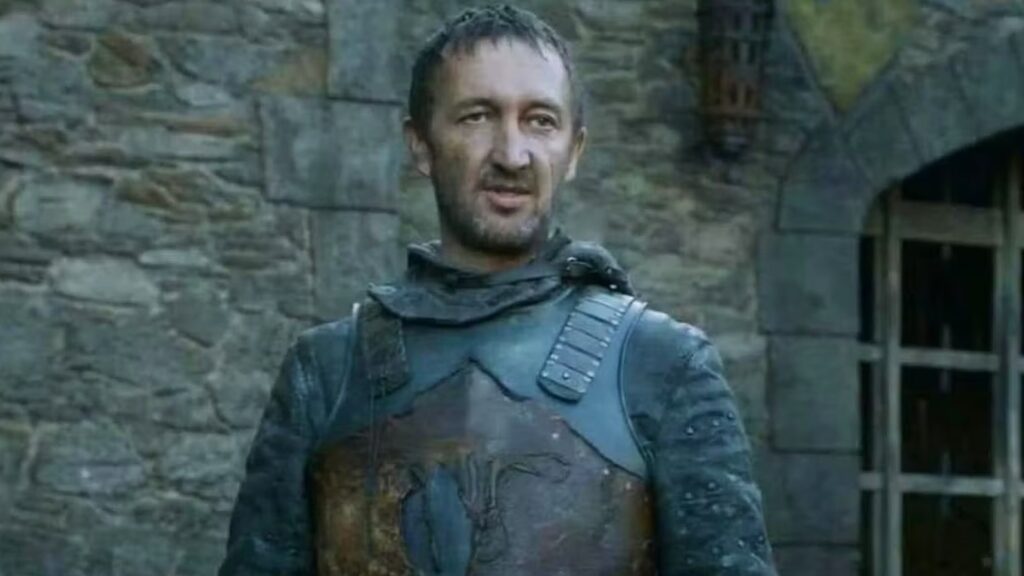
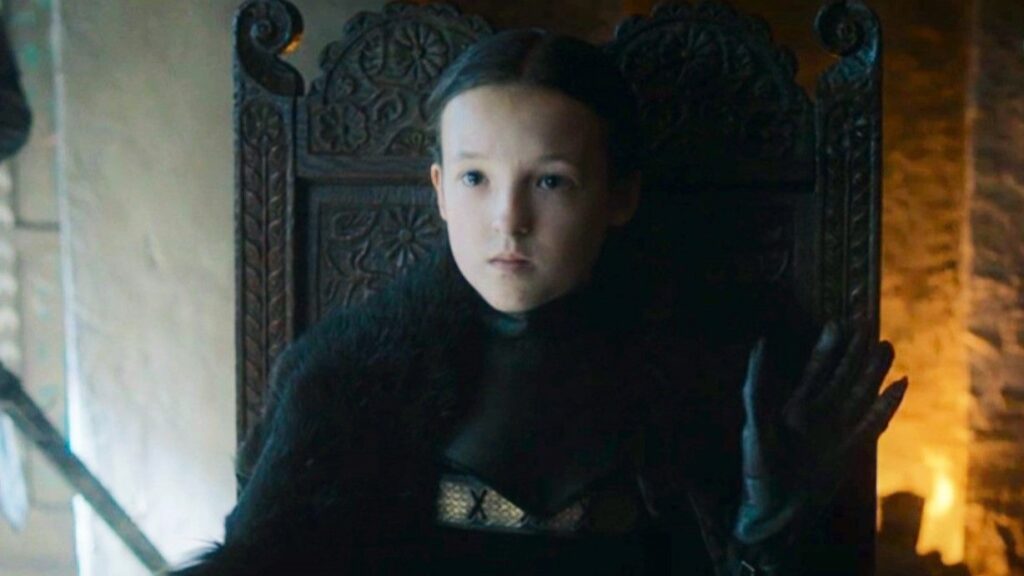
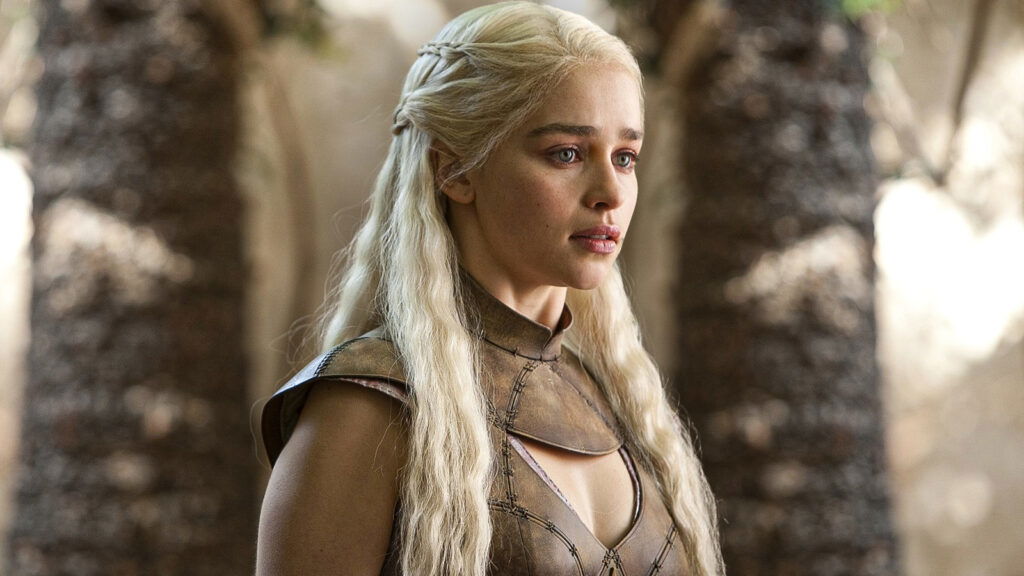
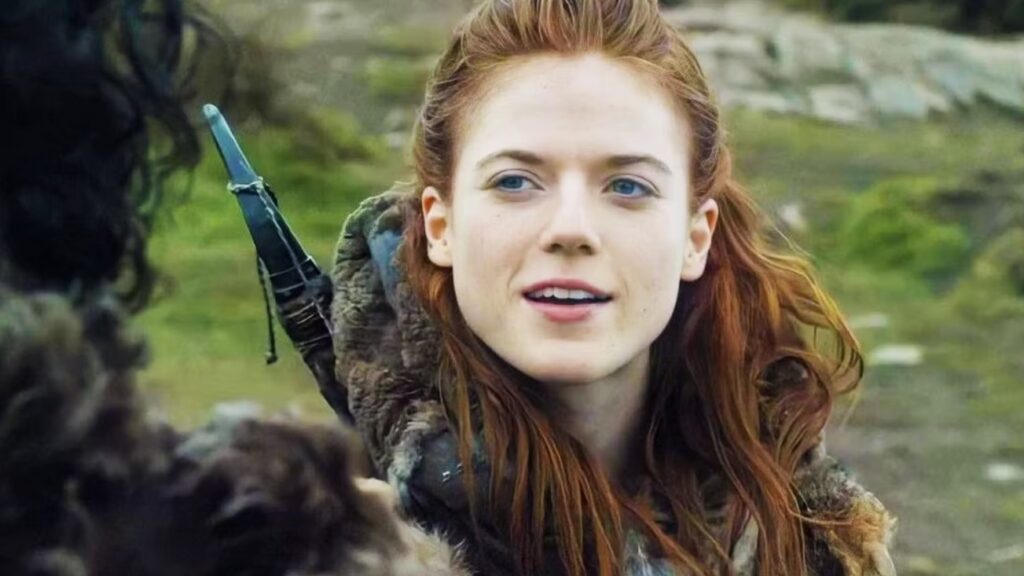
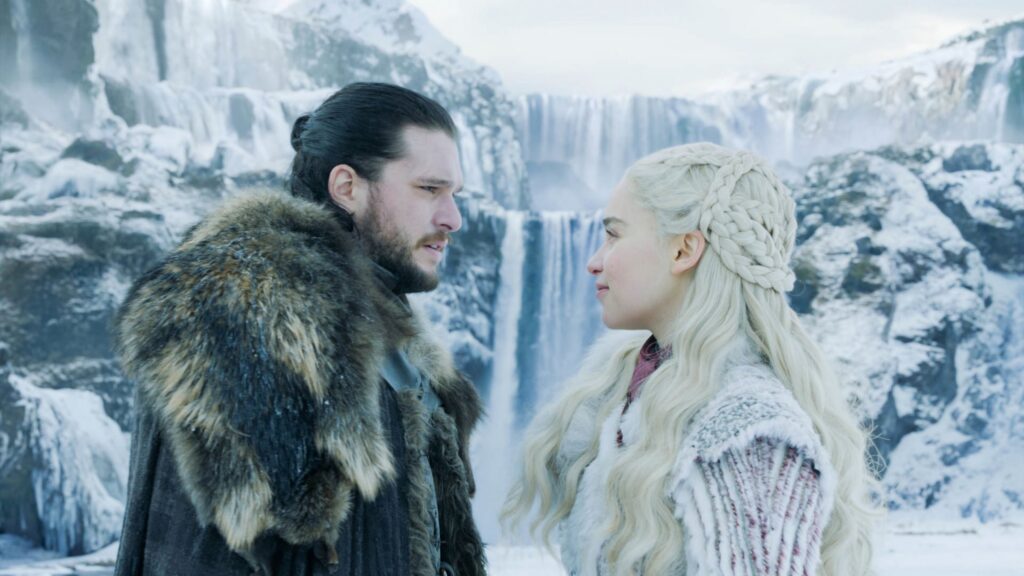
Game of Thrones built its legacy on pushing limits, but in Season 5, Episode 6, it pushed too far. Sansa Stark is r*ped in a scene that ignited outrage not only for the act itself, but for how the show framed it. The camera turned away from Sansa’s suffering and zoomed in on Theon Greyjoy, as if his horror was the point.
The controversy didn’t end there. In Season 8
Without Littlefinger and Ramsay and the rest, I would’ve stayed a little bird all my life.
Many fans were horrified at the implication that rape somehow matured her or, worse, improved her.
And while defenders pointed to the books, where a similar event happens to Jeyne Poole, posing as Arya Stark, it was never Sansa’s storyline. The showrunners made the conscious choice to reassign that trauma to a fan-favorite character, then failed to give her a voice within it.
This wasn’t the first offense either. In Season 1, Daenerys Targaryen is r*ped by Khal Drogo on their wedding night, though later episodes rewrote their relationship into a romantic arc. Over and over, Game of Thrones used s*xual violence as a shortcut to vilify villains, ‘toughen up’ women, or create drama.
What Makes Jamie Fraser’s Assault Scene in Outlander More Respectful Than Game of Thrones’
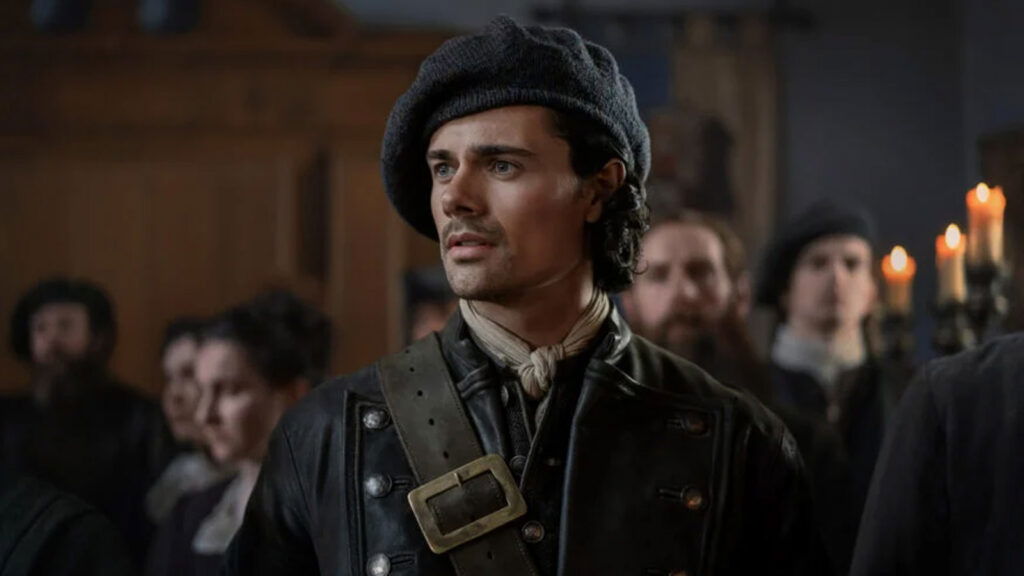
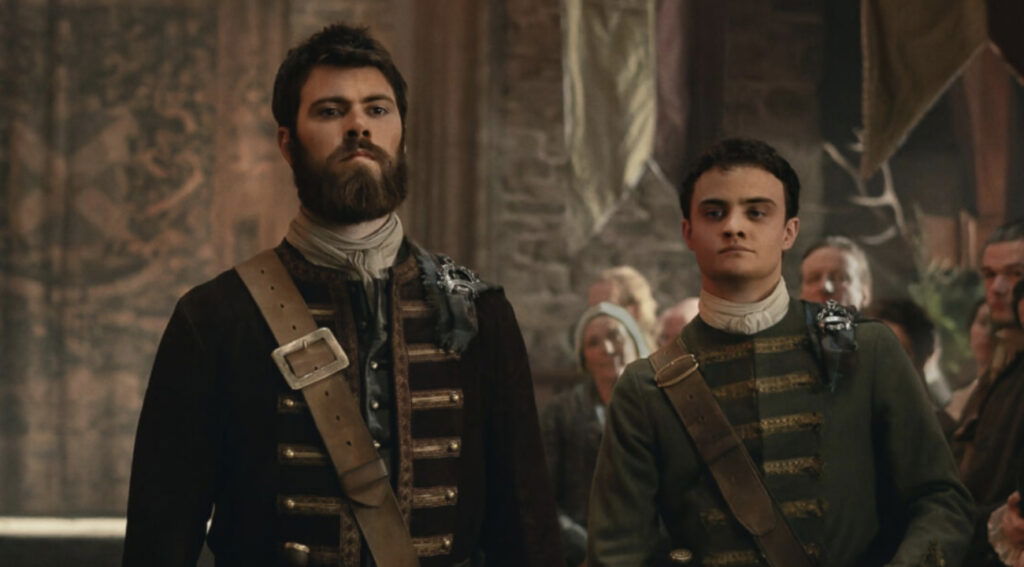
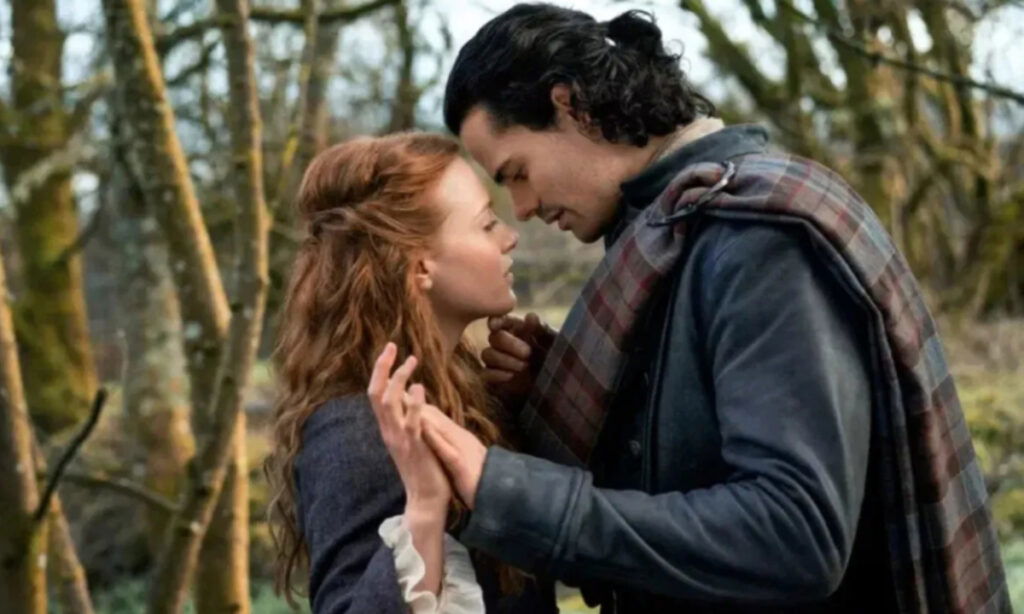
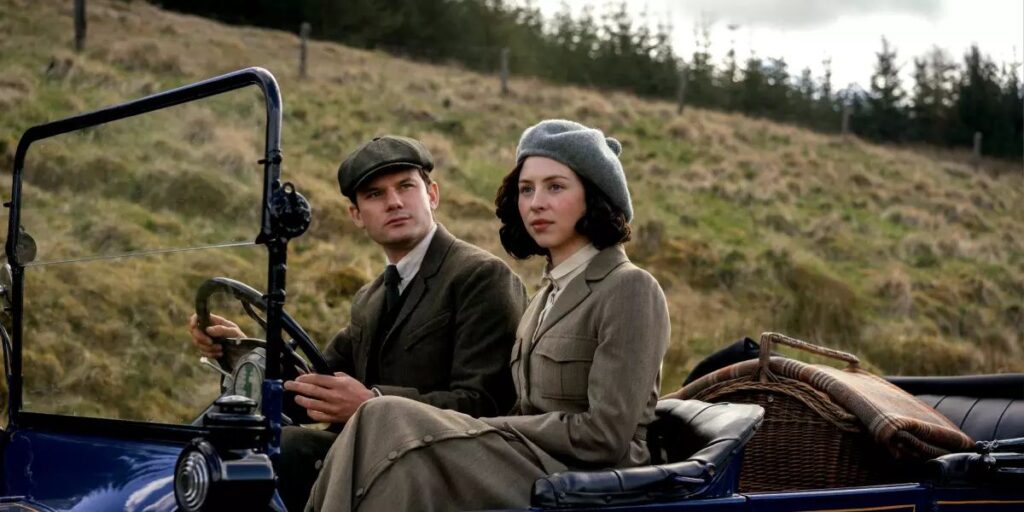
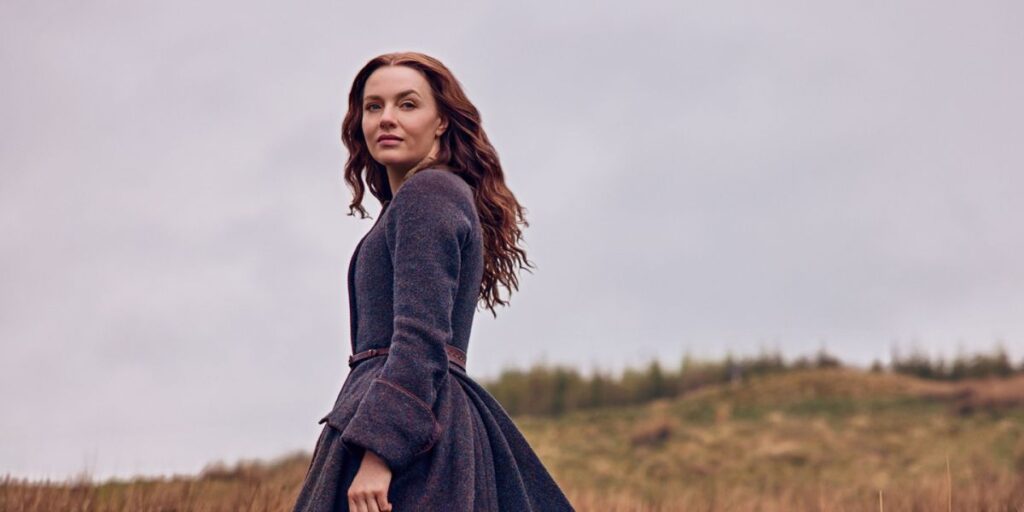
Outlander doesn’t sanitize r*pe. But it also never uses it cheaply. Jamie Fraser’s assault in the Season 1 finale is gut-wrenching. It unfolds in brutal flashbacks, intercut with Claire’s attempts to repair his crushed hand. We see his body nailed to a table. We hear his screams. But what stands out most is what comes after.
Jamie’s trauma doesn’t vanish after one dramatic climax. It shapes his every decision, his relationships, and how he processes his daughter’s later assault. And when Brianna is r*ped by Stephen Bonnet, Outlander makes a critical choice: it doesn’t show the act. Instead, viewers watch her being dragged into a room. They hear her screams while everyone around her does nothing.
Unlike Sansa’s scene, which panned to Theon’s face and showed Sansa’s torn dress and exposed back, Brianna’s assault is stripped of all s*xuality. It’s not stylized. It’s not voyeuristic. It’s terrifying in its realism.
Most strikingly, Outlander respects its characters. Game of Thrones reduced them. S*xual violence on screen is always going to stir debate. But it doesn’t have to be harmful. It can be handled with integrity, with care, and with narrative purpose, if creators choose not to cheapen it. Outlander chose that path, but Game of Thrones didn’t.
Television doesn’t need to erase difficult subjects. But it does need to evolve. That means showing the aftermath, the nuances, and the ugly truth, not packaging violence with nudity and soft lighting.
With Outlander: Blood of My Blood and already renewed Season 2, there’s hope that this franchise and others will continue raising the standard for how trauma is portrayed. So, drop your thoughts in the comments below; let’s get this conversation rolling!
Game of Thrones is currently available to watch on Max.
Outlander and Outlander: Blood of My Blood are streaming on Starz.



